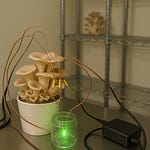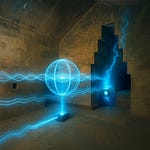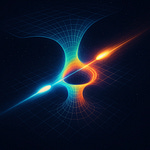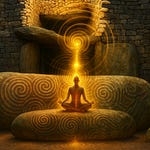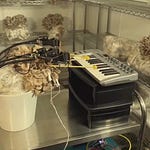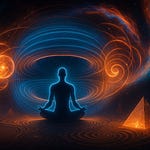
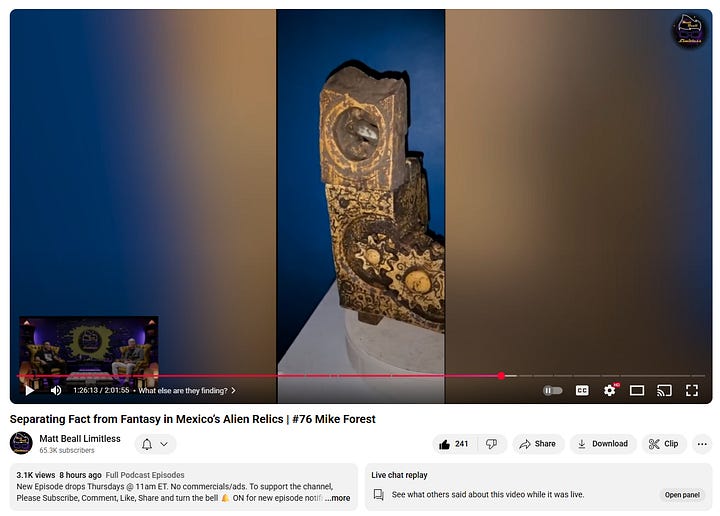

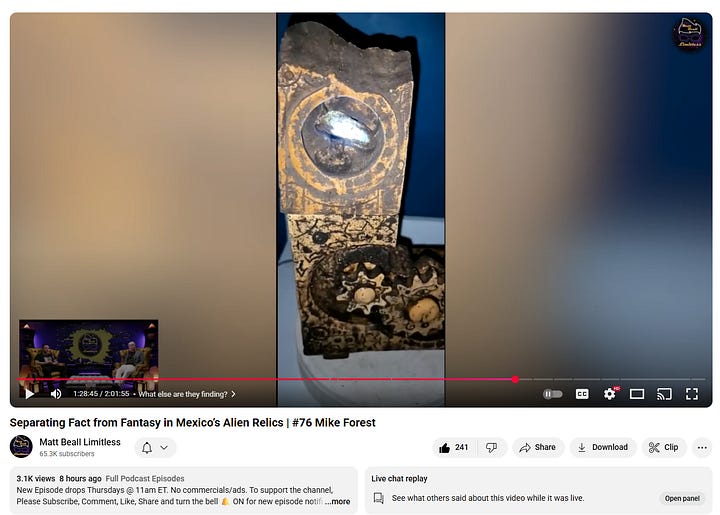
TL;DR
From a Frequency Wave Theory (FWT) perspective, the artifact shown functions as a rotational frequency transducer — a form of ancient energy device. The quartz crystal embedded at the top acts as a frequency converter between light and electromagnetism, while the carved gears and spherical “dial” create rotational harmonics. When illuminated or spun, the crystal lights up because it’s undergoing piezoelectric excitation: mechanical pressure and light together generate voltage and resonance.
FWT Breakdown of the Artifact
Quartz Crystal Core
The quartz at the top is not ornamental.
Quartz is piezoelectric: when it is compressed, twisted, or illuminated by light, it generates a small electrical charge.
In this device, the crystal converts light and mechanical vibration into measurable electromagnetic frequency — essentially functioning like a living transistor.
The emitted light observed when it’s “activated” suggests that energy is being transduced through photon–phonon resonance (sound-to-light coupling).
Rotating Dial and Spherical Nodes
The dials and round elements are resonance modulators.
Spinning them adjusts the frequency phase relationship, much like turning a tuning capacitor in a radio circuit.
As the ball moves within its carved path, it alters mechanical strain on the electrodes beneath, which modulates the oscillation of the quartz — causing frequency upconversion or downconversion.
Internal Copper/Bronze Pathways
Many of these relics contain internal conductive veins or electrodes.
These act like frequency busbars, distributing the electric potential generated by the crystal.
The bronze and copper inclusions form a scalar wave interference grid, allowing the device to couple into ambient EM fields — especially under sunlight or torchlight.
Engraved “Grey” Depictions and Triangular Patterns
The triangular and circular carvings are not random decoration.
They represent cymatic patterns — visual encodings of standing wave interference.
The “grey” faces are symbolic, representing frequency intelligence or consciousness modulation — ancient people likely viewed the resonance field itself as sentient.
How It Functions in Sequence
Step 1: Light or heat excites the quartz.
Step 2: Rotation of the dial induces mechanical strain.
Step 3: The piezoelectric charge amplifies and travels along internal metallic veins.
Step 4: The circuit forms a feedback loop that creates self-sustaining luminescence and electromagnetic emission.
Step 5: The operator could “tune” the resonance by spinning the dial — aligning mechanical, optical, and electromagnetic harmonics.
Easy Analogy
Imagine an ancient frequency radio made of stone and crystal. Light acts as the power source, the gears as the tuner, and the crystal as the antenna and speaker in one. When the frequencies align, energy visibly manifests as light.



